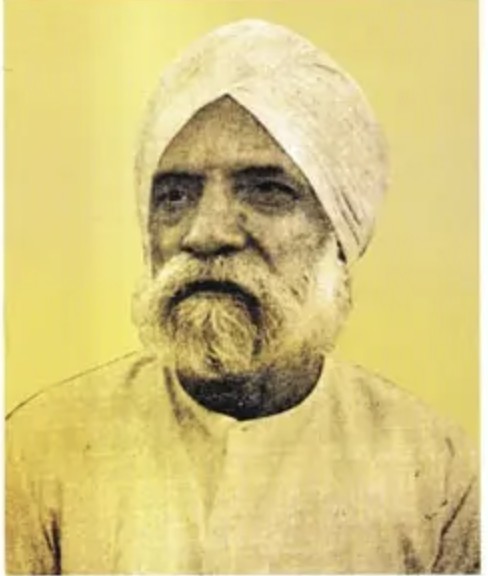Singh ‘Sehrai’, Piara is a contemporary of \’Safeer\’ and several other better known poets of today. His verse has an altogether different flavour from the rest of Punjabi poetry that is being written today. It does not have the lyricism of Mohan Singh or the subtlety of \’Safeer\’ or the sensuousness of Amrita Pritam, or the musicality of Shiv Kumar and yet it is significant writing. More than any other contemporary Punjabi poet \’Sehrai\’ is preoccupied with what he says, the contents.
He is so deeply involved in what he believes that the sheer act of faith gives his utterances the quality of no ordinary verse. He is not scholarly, he is sincere. He is not sophisticated, he is simple. He is not philosophical, he has faith. Beginning his literary career as an admirer of Gur Baksh Singh of Preet Lari, he later joined the Progressive Writers\’ Movement and has remained loyal to it all these years. His preoccupation is social justice.
Inequality of opportunities and the exploitation of the have-nots in a tradition-bound society have been bothering him all his life. He is waiting for a new social order: How is it that his lot is different from mine? We belong to the same land Then why this difference? Why two seasons at the same time, Both spring and autumn? Let us go where no such discriminations obtain. He has infinite faith in those he believes will change their lot. He challenges the rich and the privileged; he says: The rich and the exploiter must know If the establishment is on their side History is on ours.
Unlike his contemporaries, \’Sehrai\’ does not talk about the moon like face of his sweetheart or her cascading fragrant tresses. His concern is with the problems of his time, what one finds in the newspaper. Yet it makes fascinating poetry. But those looking for intense, delicately beautiful and rarefied pieces of poetry will find plenty of them scattered about in \’Sehrai\’s\’ verses. Along with the formlessness in poetic form, Sehrai\’ has frequently resorted to old moulds of Punjabi poetry such as the siharfi and acquitted himself remarkably well.
Every time he employs a traditional form, both his vocabulary and imagery undergo a sea change, lending the variety and beauty of old charm to his poetry. Aside from his siharfis, there are ballads and songs in the traditional folk style of which there are seven collections. Some of the well-known ones are, Sehrai Panchhi (A Bird of Desert), Tarian di Lau (The Light of the Stars), Guzargah (The Pathway), Geet Maria Nahin Marde (The Songs Never Die) and Meri Atamkatha te Meri Chonwin Kavita (My life and My Selected Verse).
References :
1. Encyclopaedia of Indian Literature, 6 Vols., Delhi, 1995.
2. Ramdev, Jaginder Singh (ed.), Punjabi Likhari Kosh, Jullundur, 1964.
3. Sekhon, S.S. and K.S. Duggal, A History of Punjabi Literature, Delhi, 1992.
4. Singh, N.K., Encyclopaedia of Indian Biography, Delhi, 2000.
Sehrai’s Punjabi poetry offers a rich tapestry of vivid imagery, emotional depth, and linguistic innovation that sets his work apart in the landscape of modern Punjabi literature. His verses move beyond simple expressions of sentiment to capture the dialectal rhythms of Punjab, infusing traditional folklore with a modern, progressive vision. By blending classical themes with personal introspection, his poetry mirrors both the communal joys and the individual struggles of everyday life in Punjab.
A distinctive feature of Sehrai’s craft is his masterful use of metaphor and symbolism. His poems often evoke the natural beauty of the Punjabi landscape—its fields, rivers, and seasonal moods—to reflect on broader existential questions and the passage of time. This interplay between nature and human emotion not only grounds his work in a regional context but also offers readers universal insights. His language is both rooted in familiar idioms and daring in its experimentation, creating a lyrical space where the traditional and the contemporary coexist.
Sehrai’s ability to simultaneously honor cultural heritage and push stylistic boundaries has made his poetry a beacon for both purists and modernists. His work challenges conventional forms while remaining intimately connected to the lived experiences of Punjabi people. This synthesis of narrative ingenuity and cultural critique invites readers to explore themes of identity, social change, and the eternal beauty of the human spirit through a distinctly Punjabi lens.



